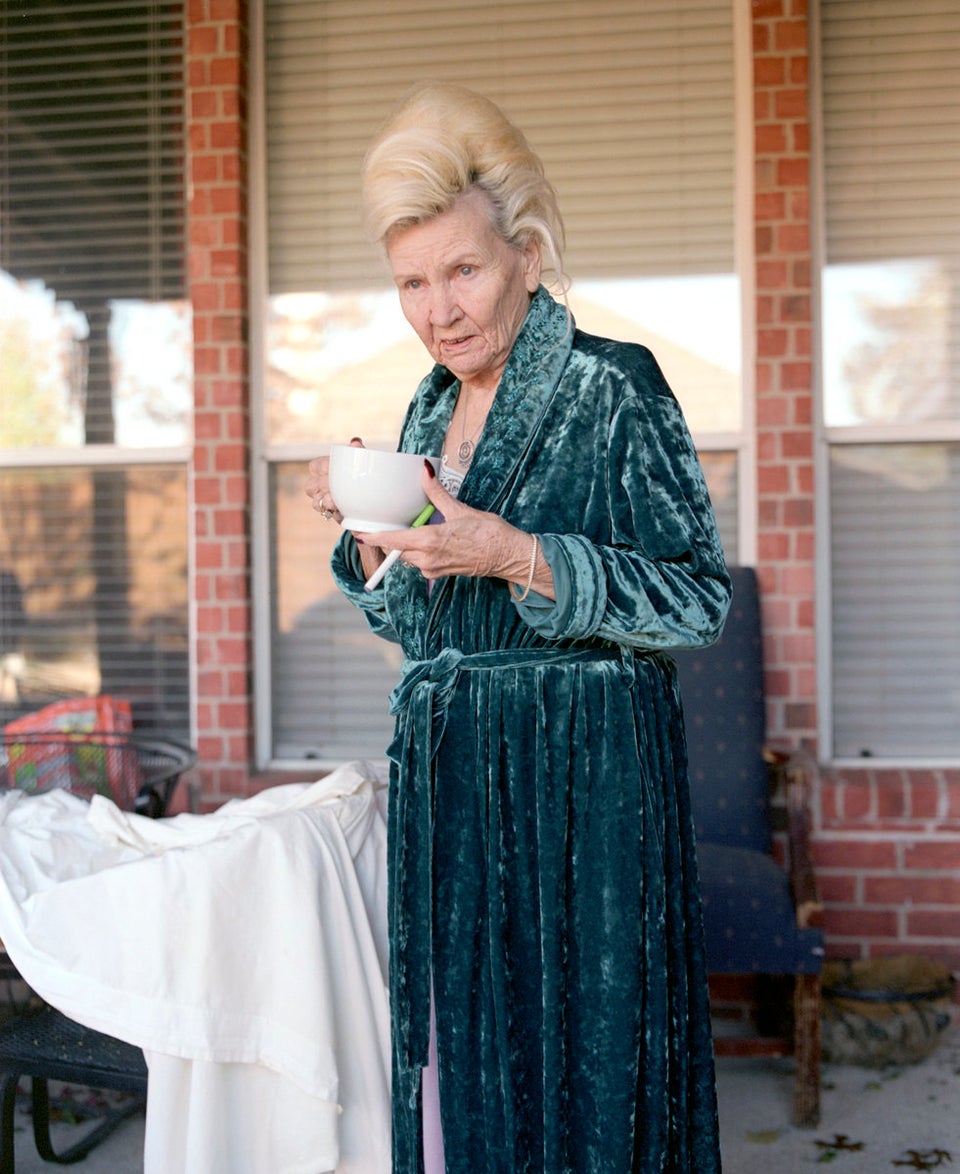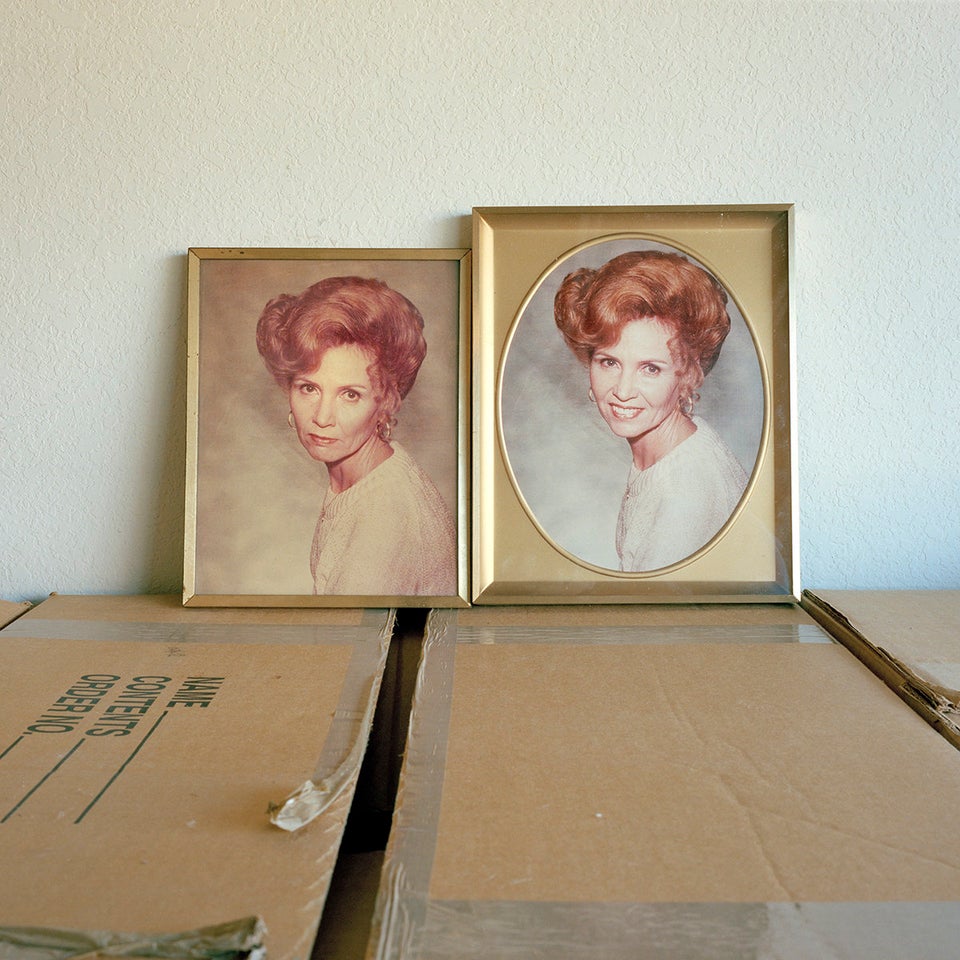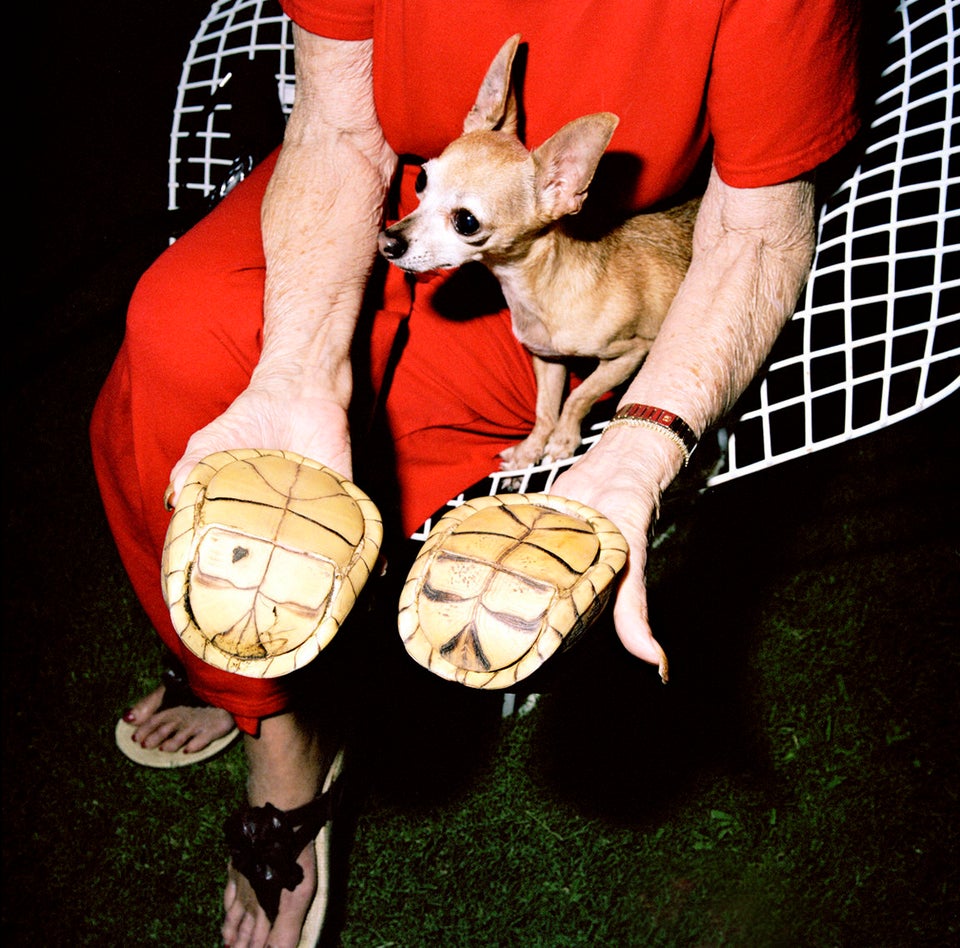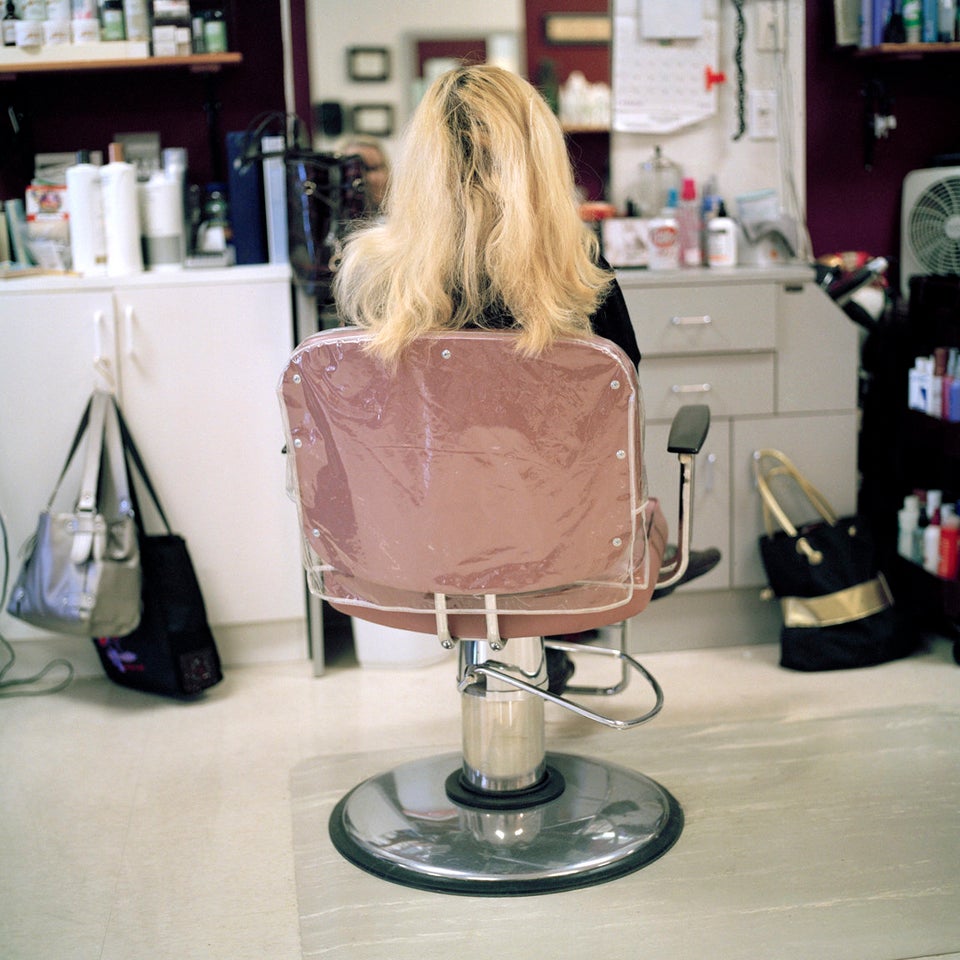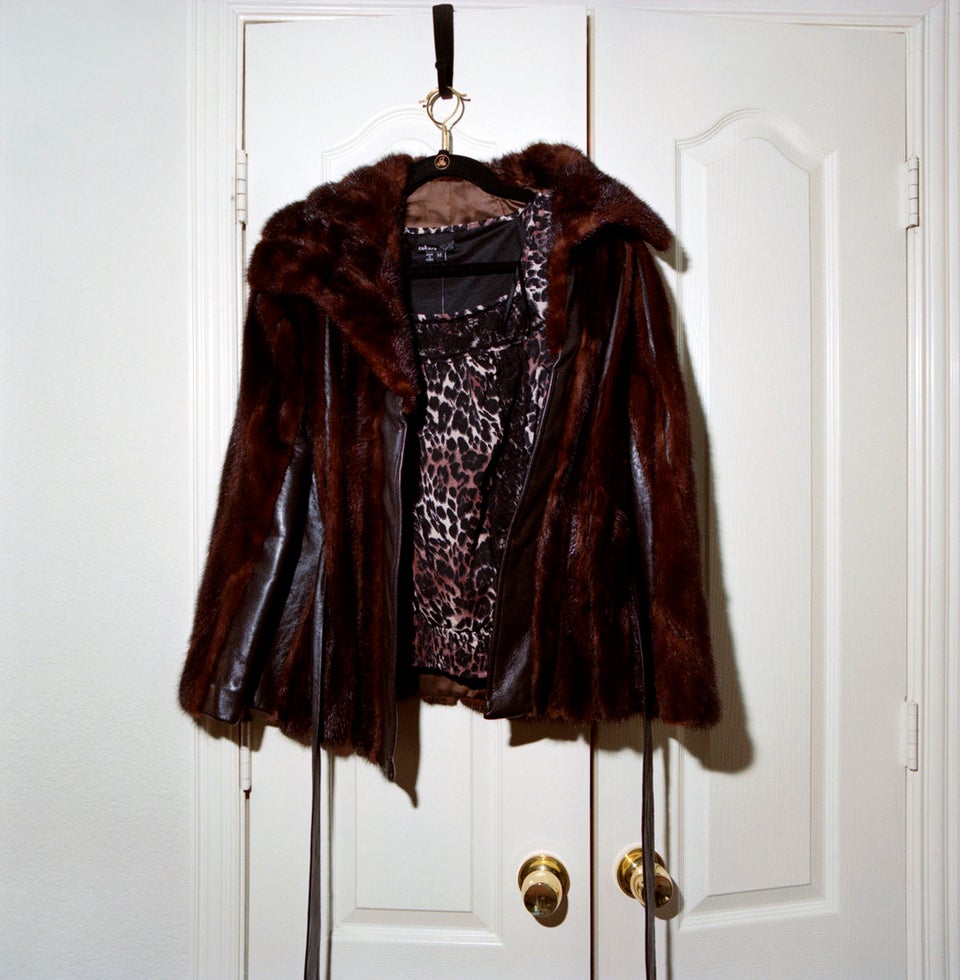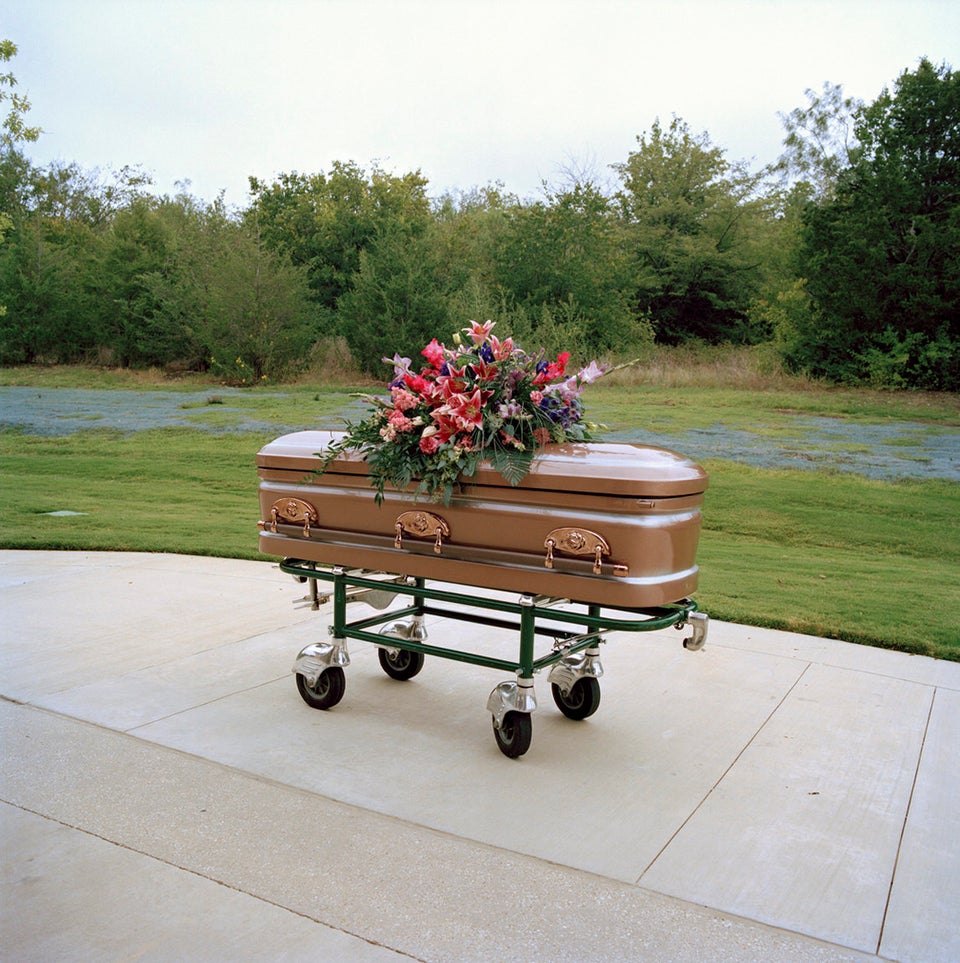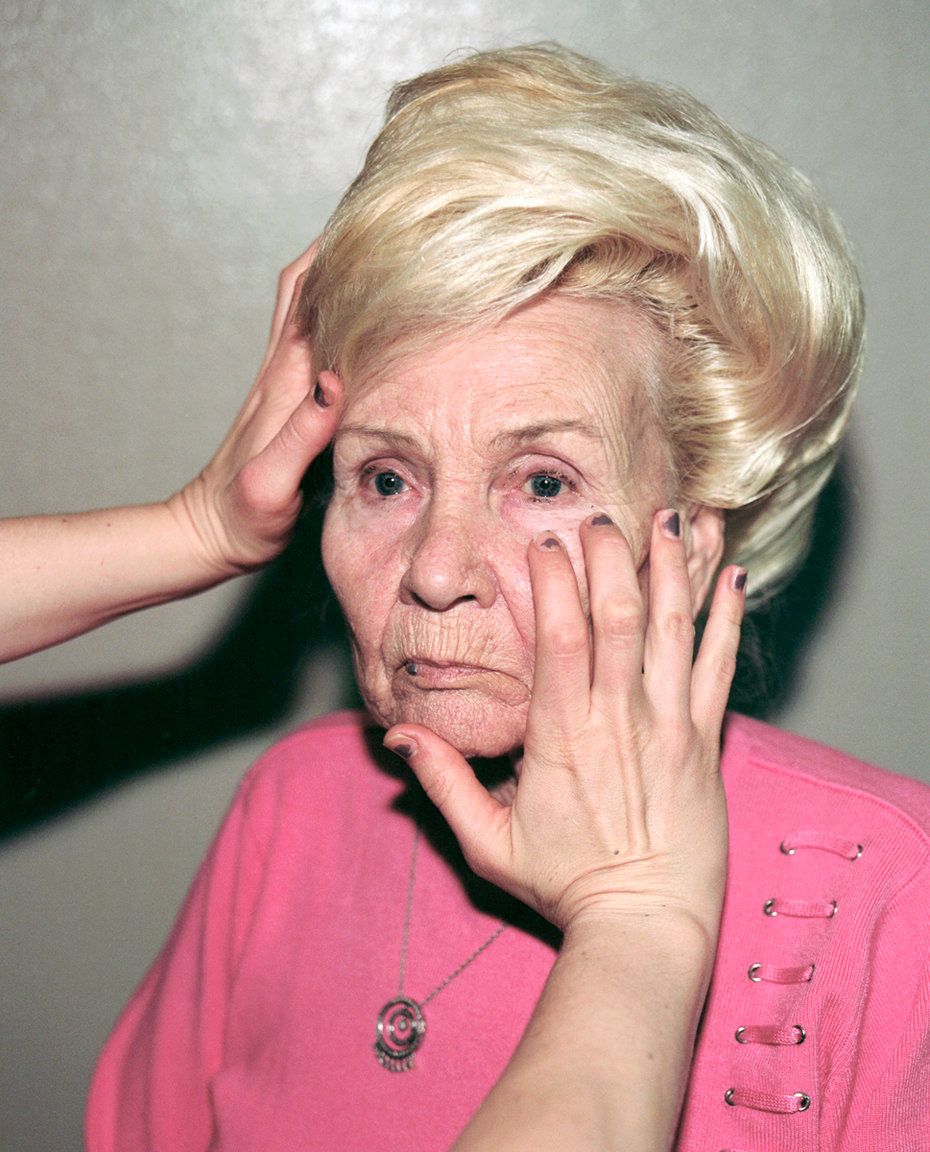"My grandmother gave me my first camera, and I learned how to photograph by photographing her," photographer Rachel Cox explained to The Huffington Post. "Over the years this just came to be something I did without question, documenting her life and environment."
When Cox's grandmother was diagnosed with a degenerative brain disease, and told she had only a couple of years left to live, the photographer focused her efforts on crafting a thorough and accurate documentation of the woman her grandmother was. "I wanted to construct a type of portrait that I could revisit after she was gone," she said.
In a statement on her website, Cox describes her relationship with her grandmother as "tumultuous," full of the dissimilar tastes, conflicting beliefs and gaps in understanding that often stem from two individuals from such different generations and perspectives. Once her grandmother was diagnosed, Cox felt the extreme pressure to reconcile and reconnect, as soon as possible and by any means necessary. For example, in the photo "Same Knees," Cox frames her grandmother's leg alongside her own, searching for even a genetic link.
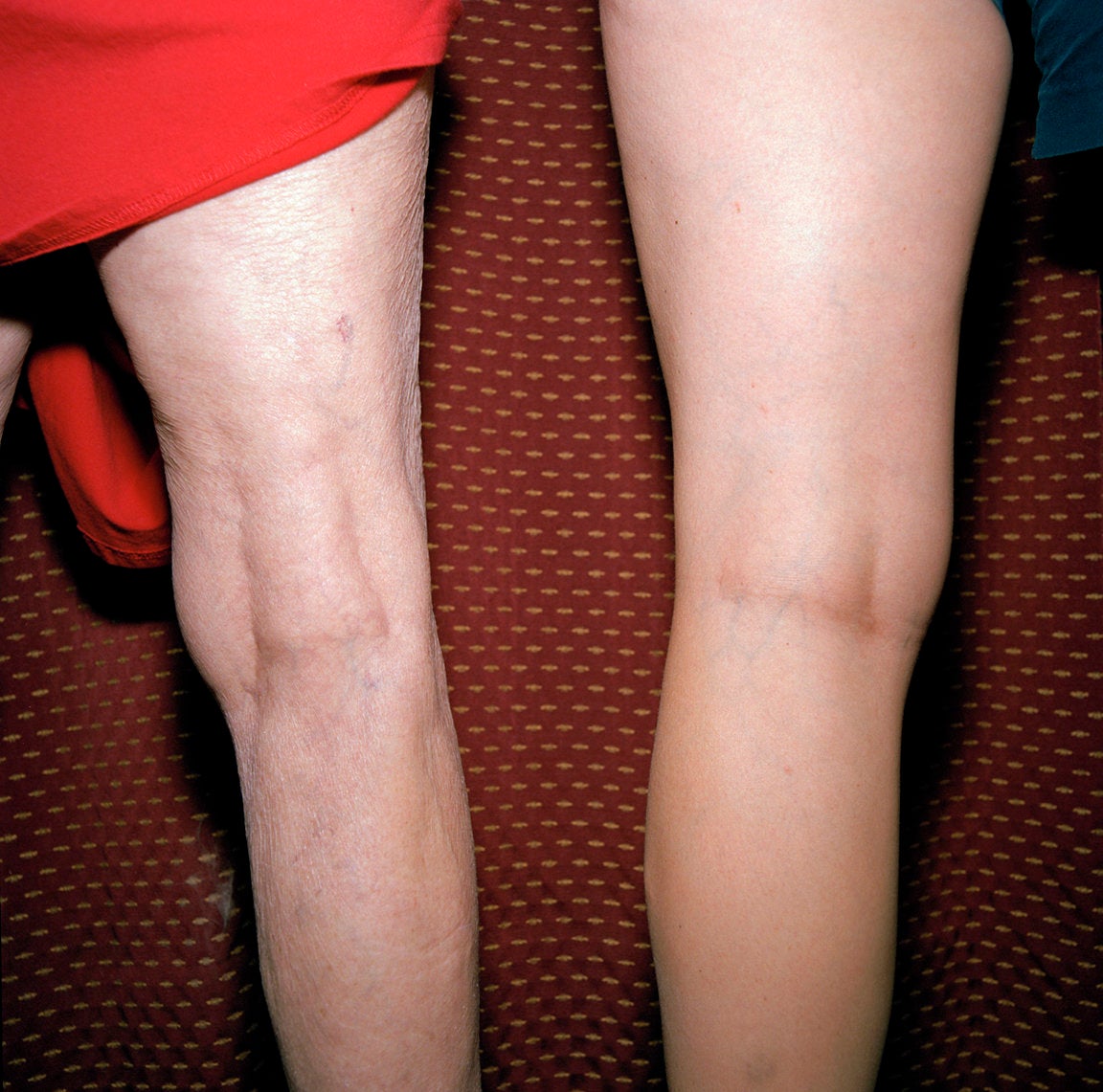
Throughout the project, titled "Shiny Ghost," Cox pondered the ethical implications of documenting such a harrowing situation, both as an artist and as a granddaughter. "I asked myself a lot of questions about where the line was," Cox said. "Do I photograph her when she is not aware? Should I show her when some might say she was looking, 'her worst'? And primarily, how do I make this series about us, or even me, and not about the disease?"
Cox resolved to take photos only when her grandmother was coherent and aware of the camera. But then, her grandmother died unexpectedly, in what Cox thought to be only the middle of the series. When she heard the news, Cox asked the funeral home to wait to prepare the body so she could take a few final photographs. "Amazingly they were very cooperative and I spent many hours with her, just photographing," she recalled. "It was the most exhilarating yet emotionally challenging thing I have ever done. And in the end, I only use one image from this shoot, a self-portrait of us together, the last time our bodies would share the same space."
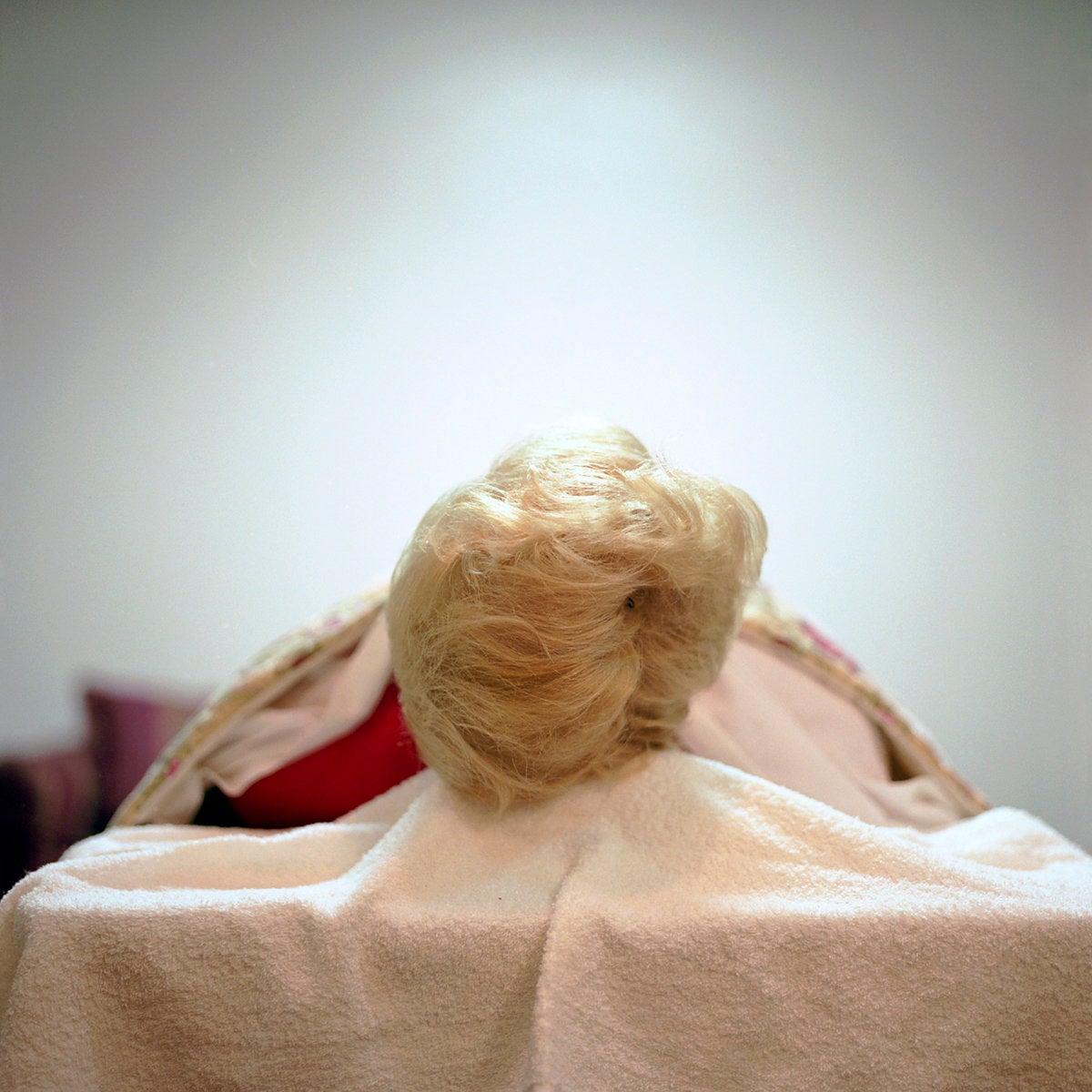
Looking back on the series, Cox describes it as a response to the idea of unconditional love, especially as it pertains to a family member. In the face of death, a person might experience a sudden desire to feel connected, to absolve all problems and disagreements for the sake of unequivocal love. "The scrutiny and guilt that simultaneously filled me when I was desperately seeking ways to relate to her make the images appear frantic, candid, but also somewhat documentary," the artist said.
Beyond any political disagreements and culture clashes, there was something transcendent about Cox's newfound connection with her grandmother. A kind of connection that took the trying photography process to realize in full. "The images reveal a connection I hadn’t seen initially," she added, "constituted of mutual vulnerability and trust, which for me is the best type of relationship I could have had with her."
